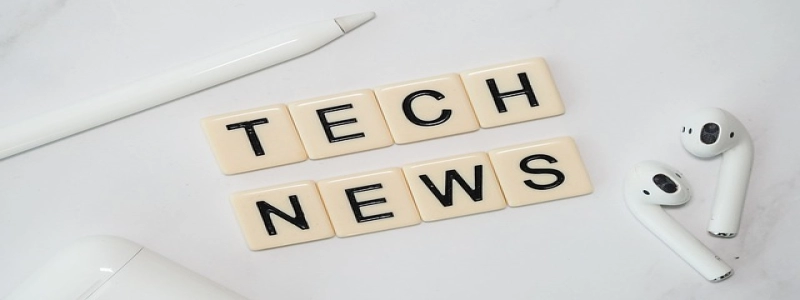How to Tell if Fiber Optic Cable is Bad
Introduction:
Fiber optic cable is widely used in telecommunications, internet connections, and various data transmission applications due to its high bandwidth and fast data transfer speeds. However, like any other technology, fiber optic cables can sometimes become faulty or damaged. This article will guide you on how to identify if a fiber optic cable is bad and needs replacement or repair.
I. Visual Inspection:
1. Examine the cable’s external appearance: Look for any visible signs of damage such as cuts, kinks, or bends that exceed the cable’s minimum bend radius. These physical damages can disrupt the transmission of light signals through the fiber.
2. Check for loose connectors: Inspect the connectors at both ends of the cable. Loose or improperly seated connectors can cause signal loss or interruptions. Ensure that the connectors are properly aligned and securely connected to the equipment.
3. Inspect the fiber jacket: The outer protective coating of the cable should be smooth and intact. Any cracks, cuts, or breaks in the jacket indicate physical damage to the fiber optic cable.
II. Optical Power Measurement:
1. Use a fiber optic power meter: Connect the power meter to one end of the cable and measure the power level being transmitted. A significant drop in power compared to the expected value can indicate a fault in the cable, such as a partial break or a damaged connector.
2. Perform an Optical Time Domain Reflectometer (OTDR) test: This test measures the fiber optic cable’s length and identifies any faults along its length. It provides insight into the location and magnitude of any breaks, splices, or other abnormalities in the cable.
III. Signal Loss Testing:
1. Conduct an Insertion Loss test: This test measures the amount of light lost when the signal travels through the cable. Use a light source and a power meter to measure the power loss between the two ends of the fiber. Higher than normal power loss indicates a damaged or faulty fiber optic cable.
2. Perform an Optical Return Loss test: This test measures the amount of light reflected back along the cable. Excessive reflection can indicate mismatches or defects in connectors, connectors not properly mated, or bends exceeding the recommended limits.
IV. Network Performance Monitoring:
1. Monitor network connectivity: Frequent interruptions or slow connection speeds may be an indication of a bad fiber optic cable. Monitor network performance and identify patterns of disruptions or degraded performance that coincide with the use of the cable.
2. Conduct signal quality analysis: Advanced equipment can analyze the quality of the signals transmitted through the fiber optic cable. These tests can detect subtle abnormalities or variations that can indicate a compromised cable.
Conclusion:
Identifying a bad fiber optic cable is crucial for maintaining optimal performance and reliability in communication networks. Regular visual inspections, along with optical power measurement, signal loss testing, and network performance monitoring, can help identify faults and ensure early repair or replacement. By promptly addressing cable issues, organizations can maintain seamless data transmission and avoid costly downtime.








